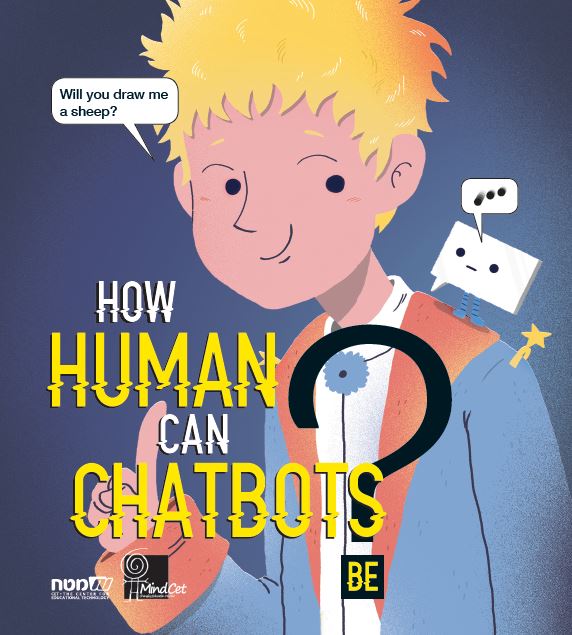How Human Can ChatBots Be?

“Chat-Bots” have been expanding throughout all industries for obvious reasons. Chat – There is no doubt about the power of text messaging in the communication preferences and habits of today’s youth. One can even refer to “talking” as becoming obsolete. Bot – Furthermore, there is also no doubt that the discussion about human vs. machine is starting to lose relevance due to the emergence of new entities that range across the entire spectrum (from all-human to all-machine) in order to fulfill new communication needs – entities naturally incorporated by the new generations’ interaction with the environment (examples are mentioned in different articles of this issue).
For this issue of EdTech Mindset, we chose to chat with leading experts exploring ChatBots and learn about their visions, in order to help us understand this new medium and its educational potential.
I hope that our endeavor will spark your curiosity and inspire you to explore and develop the alternatives called for by an educational world craving for renewal.

